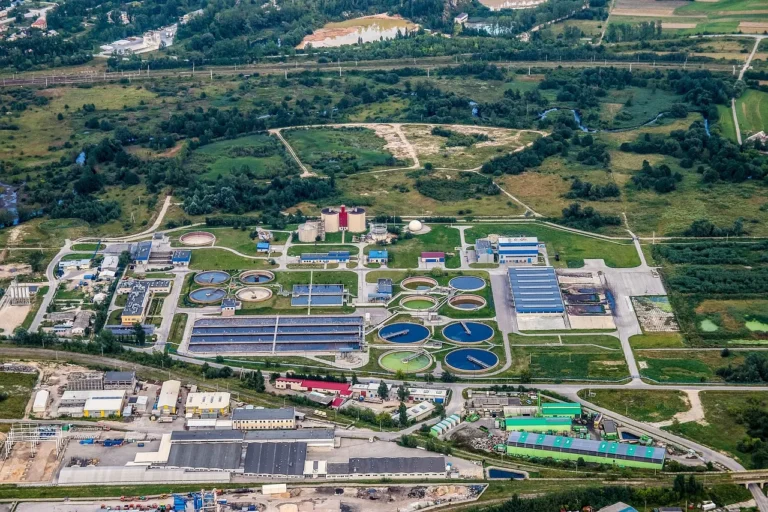
From about 2008 to 2011, the gas metering station located in Ashkelon, Israel, received natural gas imported from Egypt through the East Mediterranean Gas (EMG) pipeline. Due to external factors, operation of the EMG pipeline system and associated natural gas imports to Israel ceased in 2011. The Ashkelon metering station then sat unused until 2019.
That’s when the EMG system was slated to be reactivated and become a key tool in support of reversing the flow of natural gas, exporting from Israel to Egypt.
Renovations to the Ashkelon Station began in earnest.
Reactivation and reversal of the mothballed EMG system, including adding compression capabilities to the Ashkelon metering station required innovation, nimbleness and a willingness to try new things.
why it matters
Much of the region is heavily dependent on natural gas as the primary source of fuel for electricity generation. The pipeline had originally brought gas from Egypt to Israel, and the reactivation reversed that flow. Renovating the station and reactivating the EMG pipeline was a way to bring affordable, reliable, and ever-cleaner energy generated from Israel’s significant offshore natural gas reservoirs to Egypt.
innovation in action
The initial concept for the project was to flow natural gas through the EMG system using compression facilities in Egypt. When unexpected challenges arose related to reactivating those compressors, Chevron had to pivot quickly, altering the concept of how to reactivate the EMG system while being mindful of looming contractual obligations.
That’s where electric compressors, located at the Ashkelon metering station, came in. Use of electric compression brought advantages including faster delivery time and lower carbon emissions. The lower emissions resulted in a streamlined regulatory process, saving an estimated two years.
“We were willing to innovate,” said David Hill, Midstream manager and project manager for the pipeline reactivation. “To progress the reactivation project fast, we had to leverage what we already had at the site. There was already a high-voltage power connection available and, very fortuitously, the rating was sufficient for a suitable electrical compressor.“
“Use of electrical compression was a first for the natural gas industry in the region.”
david hill
midstream manager and project manager for the pipeline reactivation
Hill estimates the quick turnaround on the entire project took less than half the time such a project would usually take, based on industry norms.
a phased approach
The project began in 2019, was broken into four phases, and the fourth phase was completed in 2022. The phases were:
- Phase 1, technical validation: This phase ensured that the gas could flow safely and effectively through the pipeline.
- Phase 2, commercial flows: Sending commercial quantities of gas through the EMG pipeline from Israel to Egypt, following refurbishment and reactivation of the Ashkelon Station. Initial quantities were lower because compression was not yet available.
- Phase 3, compressor 1: Bringing the first compressor online allowed us to send higher quantities of gas through the pipeline.
- Phase 4, compressor 2: This second compressor allowed us to increase the amount of gas transported and increase the station’s reliability.
the result
The Ashkelon Station, which was originally a simple gas receiving and metering station was transformed into a modern, lower carbon, electrical compression and metering station.
The station at Ashkelon is now able to compress and export natural gas to areas where it’s needed. The flexible characteristics of electrical compression have been found to be ideally suited to the frequently changing operational requirements that are demanded of the Ashkelon Station.
Source link: https://www.chevron.com/








